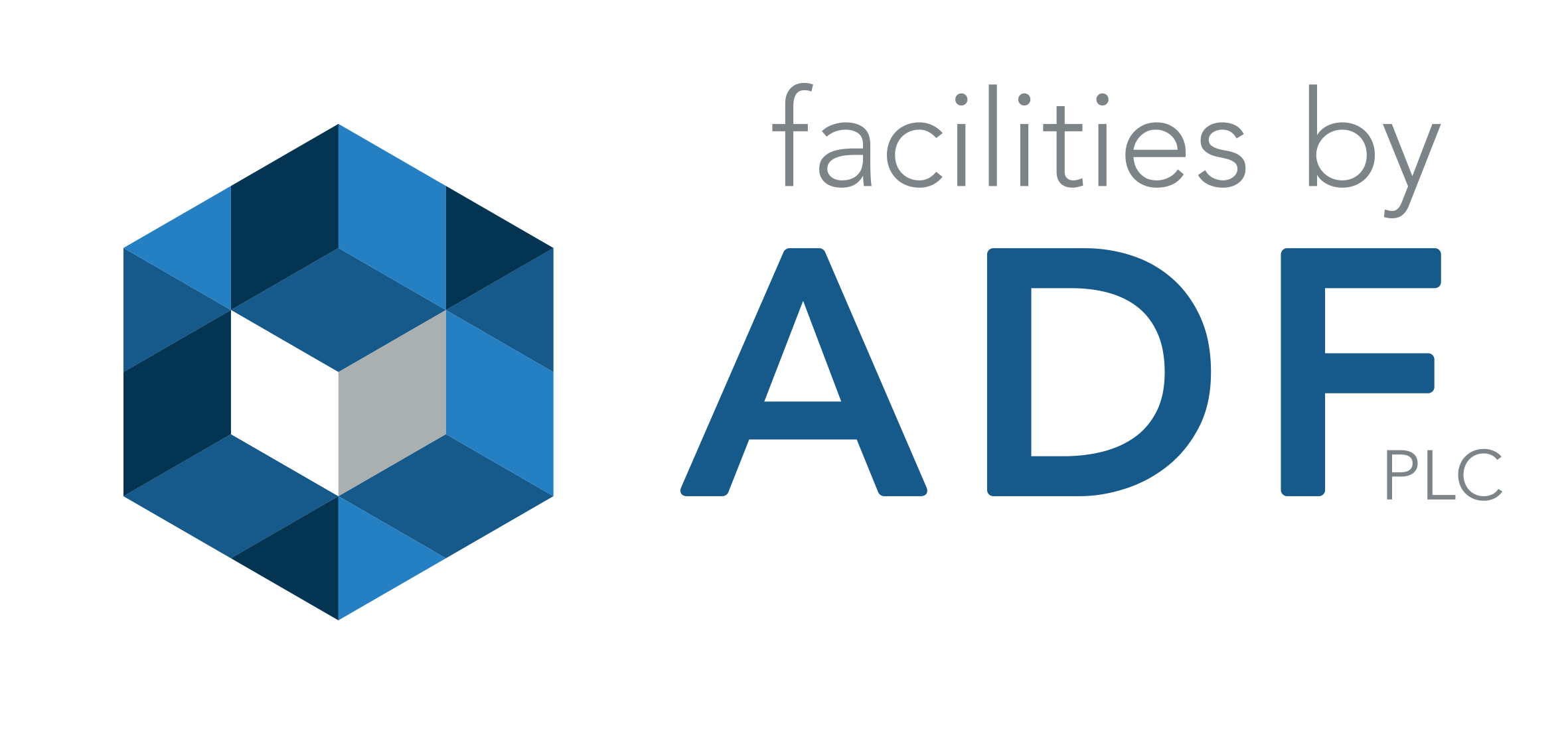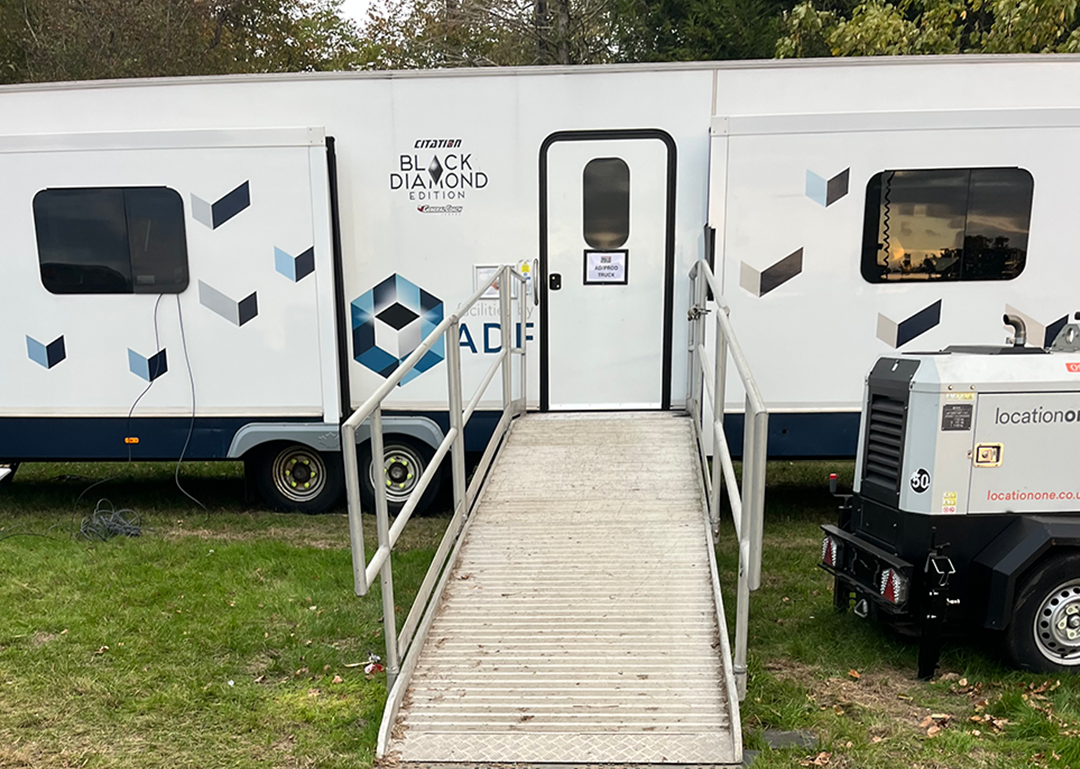
Evolving Accessible Productions: A conversation with Line Producer, Katie Player
At Facilities by ADF, we’re proud to have collaborated with line producer Katie Player across multiple productions. Katie is a passionate advocate for accessibility in the industry and has been instrumental in helping us rethink how our facilities can be more inclusive. We caught up with her for a chat at base, to hear about her experiences, explore practical steps for making sets more accessible, and discuss how working together has helped us evolve our accessible facilities offering.
1) Katie, can you tell us a bit about your career journey and how accessibility has shaped the way you approach productions today?
I started out as a production assistant on Doctor Who about nine years ago, when accessibility wasn’t really part of the conversation. Only in the last few years has the industry started taking it seriously. Campaigning by people such as Jack Thorne supporting the disabled community has been really important in raising awareness.
Early on in my career, I found myself pushing for practical improvements on the facilities on base. For instance, when Underlying Health Condition (UHC) launched, there weren’t any accessible honeywagons available, so I worked closely with suppliers to find solutions. Accessibility doesn’t have to be expensive or complicated – it just needs to be thought about and planned from the outset.
2) From your experience, how can suppliers ensure their teams are confident in identifying and responding to accessibility requirements throughout a production?
Education is key. Account managers, facilities staff, and crew on the ground need to feel confident asking the right questions and knowing how to respond. Sometimes people think discussing accessibility requirements can be seen as a sensitive and feel awkward raising it, but it can be as simple as asking: “Does anyone here have any access requirements?”
Not every stage of filming will require adjustments, but by asking these questions, suppliers can identify where support is needed and provide it proactively. When teams are prepared to spot potential accessibility requirements early, it becomes a natural part of their service rather than a last-minute add-on. That’s when you start to see a real cultural shift on set – something ADF has supported well.
3) You’ve worked with ADF on a number of productions. Can you share a moment where accessible facilities really made a difference to you and your team?
The first ramp ADF introduced will always stick with me. It might sound small, but it was a complete game changer and a very fond, fun memory – that was on National Treasure: Kiri in 2018. Since then, accessible options have evolved significantly.
On The Diplomat, the customised accessible honeywagon ADF supplied made a huge difference – and now I make sure that comes with me on each new production. What stands out most is ADF’s responsiveness and the ease of working with such friendly, supportive teams. On my latest production, we needed an additional ramp at short notice, and it was delivered immediately. That kind of support makes day-to-day operations much smoother and keeps everything running efficiently.
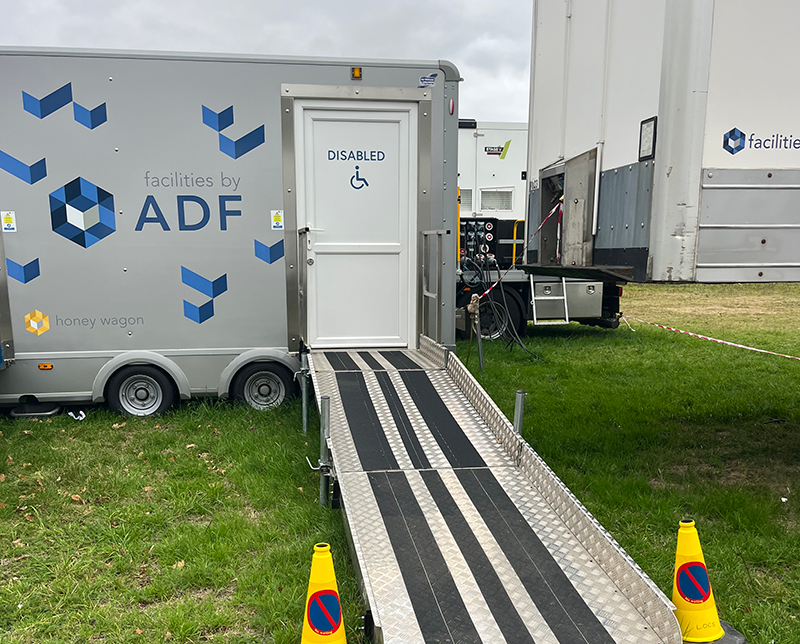
4) Accessibility isn’t a one-size-fits-all issue. What kind of practical changes – big or small – can really help productions adapt to different needs on set?
It’s about creating a strong baseline of accessibility and then adapting for individual needs. Small tweaks can have a big impact; even something as simple as marking steps with bright tape can help visually impaired crew.
I often compare it to dietary requirements: we don’t think twice about asking people what they need at mealtimes, and accessibility should be approached in exactly the same way.
5) Looking ahead, what practical changes should suppliers and productions prioritise to make accessibility standard across the industry?
Accessibility needs to be part of the design and planning process from the outset. Ramps are important, but it goes beyond that – adjustable tables and sinks, lighting controls, toilet locks at different heights, removable chairs on dining buses.
I’d love to see fully accessible costume and makeup areas, as well as dining facilities, included as standard on productions. That means these adjustments are built into every vehicle, not just added on when required.
The biggest shift, though, will be cultural. Right now, accessibility still requires conversations on every individual project. In five years, I hope these conversations won’t be needed because accessible solutions will already be part of the norm, and with suppliers like ADF continuing to drive these conversations and changes in their fleets, I’m confident we’re heading in the right direction.
6) What one piece of advice would you give to the next generation of crew or talent who require accessible support as they start out in the industry?
My main piece of advice is to not be afraid to ask. If you have an access passport share it, if you need reasonable adjustments – don’t be afraid to ask. People are so willing to help and learn and sometimes it can just be about having an open and honest conversation from the outset.
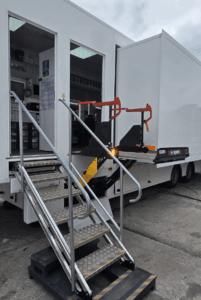
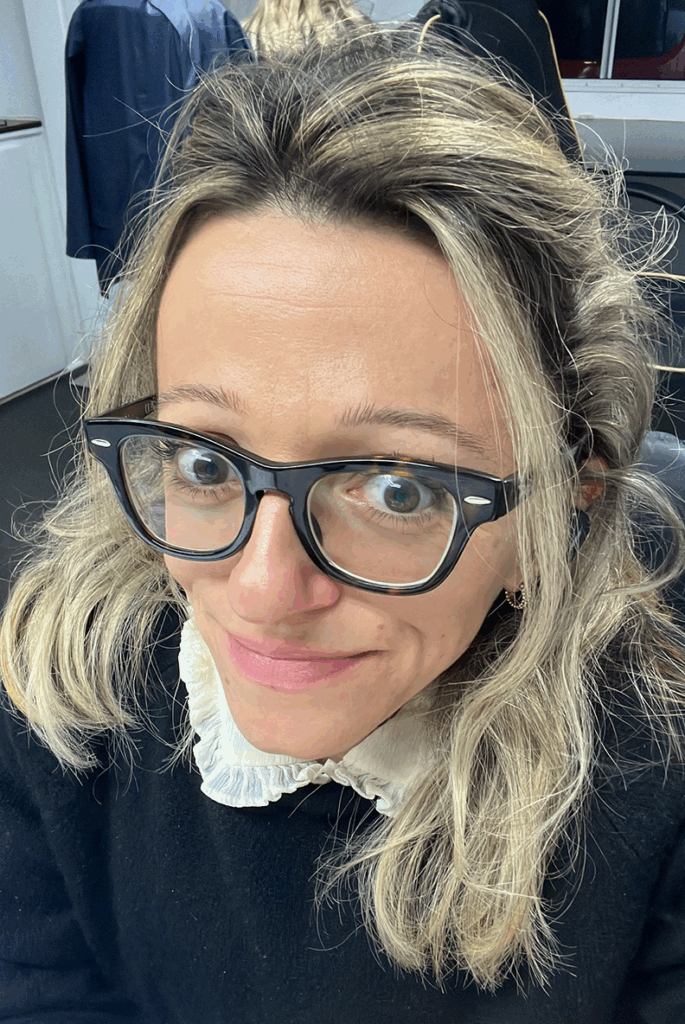
Katie Player
Published on October 13th, 2025
